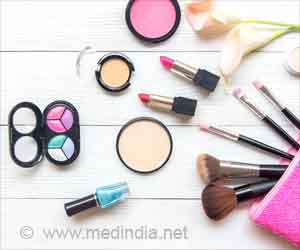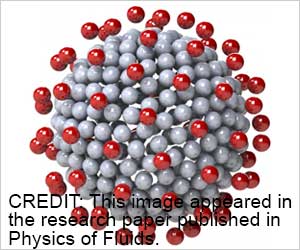However, it’s unclear whether these compounds were used in personal care products, such as creams, cleansers, shampoos and shaving creams. So, researchers decided to examine a variety of beauty products that listed fluorinated components in their formulations for the presence of PFAS.
In 2020 and 2021, they purchased 38 beauty products available from local stores in Canada and online that contained organo-fluorine compounds and analyzed them for older types of PFAS.
All of the samples had measurable levels of PFAS, but some of the detected compounds weren’t listed as ingredients in the products. The levels found in personal care products were generally lower than in cosmetics.
Advertisement
They identified that two foundations, labeled with terms similar to “water-proof,” had high levels of total PFAS, one of which had thousands of parts per million (ppm), a level that exceeds proposed Canadian PFAS regulations.
Then, the researchers took a subset of the purchased items and screened them for over 200 additional PFAS, including the emerging classes that are replacing legacy compounds.
One emerging class monohydrogen substituted perfluoroalkyl carboxylic acids was found in 30% of the subset with amounts from less than one ppb to hundreds of ppb[2].
During this analysis, they also found a variety of structurally diverse PFAS that didn’t appear to be related to the PFAS originally added to the products, which the researchers suggest could be the result of product aging or contamination from impurities in raw materials.
These results show the diversity of PFAS compounds, and the wide range of their amounts, present in some cosmetics and personal care products currently sold in Canada, but the researchers say more work is needed to understand where unexpected PFAS come from.
References:
- United States Food and Drug Administration. Cosmetic Ingrediants. (https://www.fda.gov/cosmetics/cosmetic-ingredients/and-polyfluoroalkyl-substances-pfas-cosmetics)
- Keegan J. Harris, Gabriel Munoz, Vivian Woo, Sébastien Sauvé, and Amy A. Rand. Targeted and Suspect Screening of Per- and Polyfluoroalkyl Substances in Cosmetics and Personal Care Products. Environ. Sci. Technol. 2022. (https://pubs.acs.org/doi/abs/10.1021/acs.est.2c02660)
Source: Medindia



